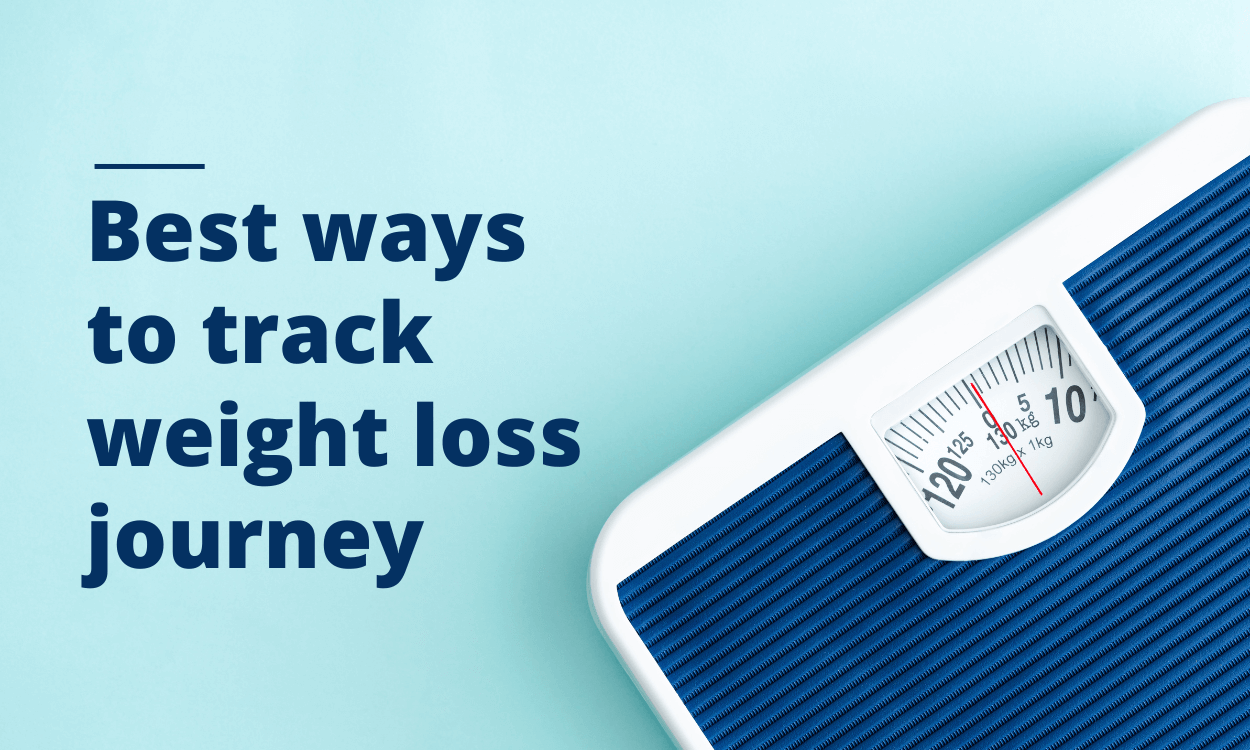Losing weight can be a challenging and often frustrating journey, but tracking your progress is essential to ensuring that you’re on track. With so many different ways to track your weight loss progress, it can be overwhelming to know where to start. In this blog, we will discuss the best ways to track your weight loss progress, including using the Fitpaa app, and how you can make sure you’re making progress towards your goals.
One of the most traditional ways to track your weight loss progress is by simply weighing yourself regularly. Weighing yourself daily, weekly, or even monthly is an easy way to get a quick snapshot of how much you weigh and how your weight has changed over time. However, it’s important to keep in mind that the number on the scale may fluctuate due to a variety of factors, such as water weight or muscle mass. To get a more accurate picture of your weight loss progress, it’s best to weigh yourself at the same time each day and take note of any patterns or fluctuations.
Another way to track your weight loss progress is by taking body measurements. This involves measuring various parts of your body, such as your waist, hips, and thighs, to see how your physique is changing over time. This is especially important if you’re trying to lose weight, as the scale may not always tell the whole story. For example, you may be losing fat and gaining muscle, which could cause the number on the scale to stay the same even though you’re making progress.
In addition to weighing yourself and taking body measurements, tracking your diet and exercise is also crucial for weight loss progress. This can involve keeping a food diary, tracking your caloric intake, and recording your daily workouts. This will give you an idea of how much you’re eating and what kind of exercises you’re doing, which can help you make small changes to your diet and exercise routine to optimize your weight loss.
Using a weight loss tracker, such as the Fitpaa app, can be a great way to keep track of your progress and stay motivated. The Fitpaa app allows you to track your body weight, body fat percentage, and calorie intake, as well as log your workouts and food intake. You can also track your sleep quality and sugar intake, which can be important factors in weight loss. With this information, you can see how your weight loss progress is impacted by your diet and exercise, and make adjustments as needed.
Another way to track your progress is by taking photos. Taking photos of yourself every four weeks or so, and comparing them to your previous photos, can give you a better idea of how your body is changing. You can also track how your clothes fit, as a tighter or looser fit can indicate changes in your body composition.
Finally, it’s important to be mindful of how you’re tracking your weight loss progress. While it’s important to keep track of your progress, it’s also important not to get too fixated on the number on the scale or the numbers on your measuring tape. Remember that weight loss is a journey and that it’s okay if your progress isn’t always linear. It’s more important to focus on making healthy choices and staying active, and let the results speak for themselves.
In conclusion, tracking your weight loss progress is an essential part of the weight loss journey. By weighing yourself, taking body measurements, tracking your diet and exercise, using a weight loss tracker, and taking photos, you can get a better idea of how your body is changing over time and make adjustments as needed. Just remember to be mindful of how you’re tracking your progress and to focus on making healthy choices and staying active.











